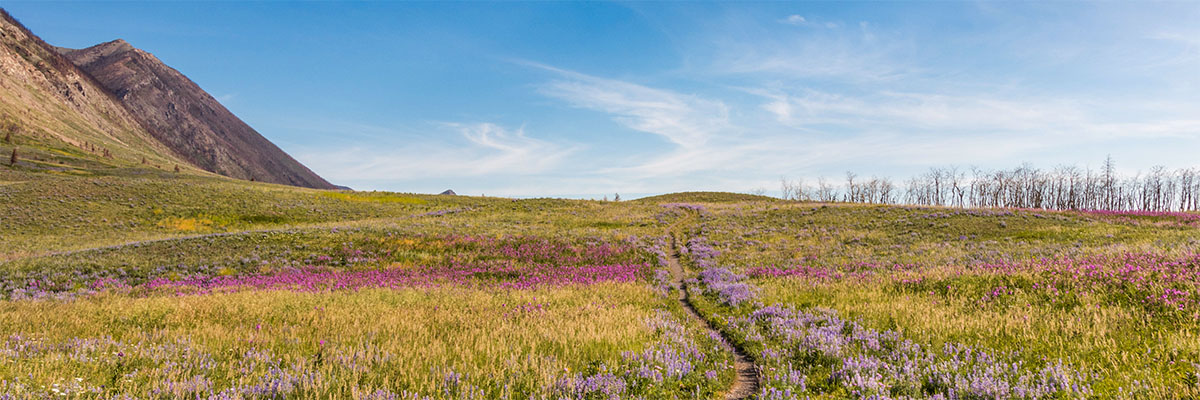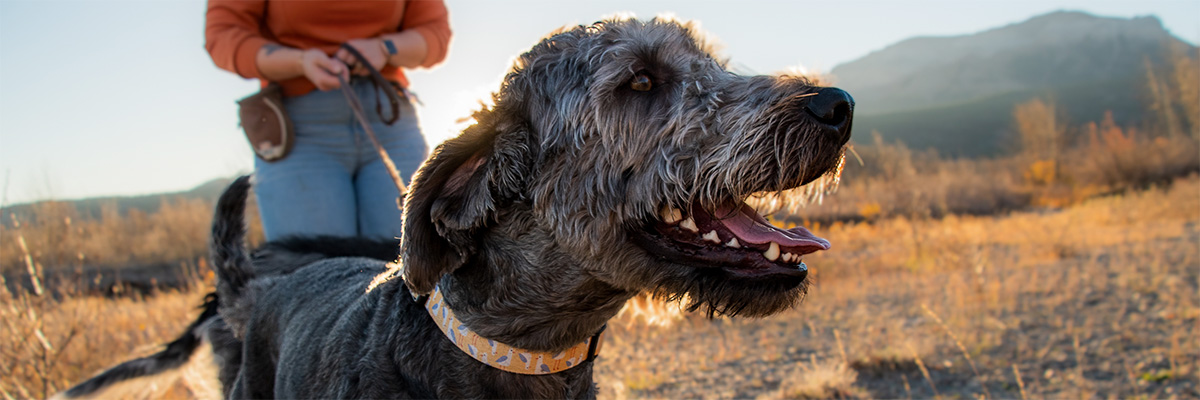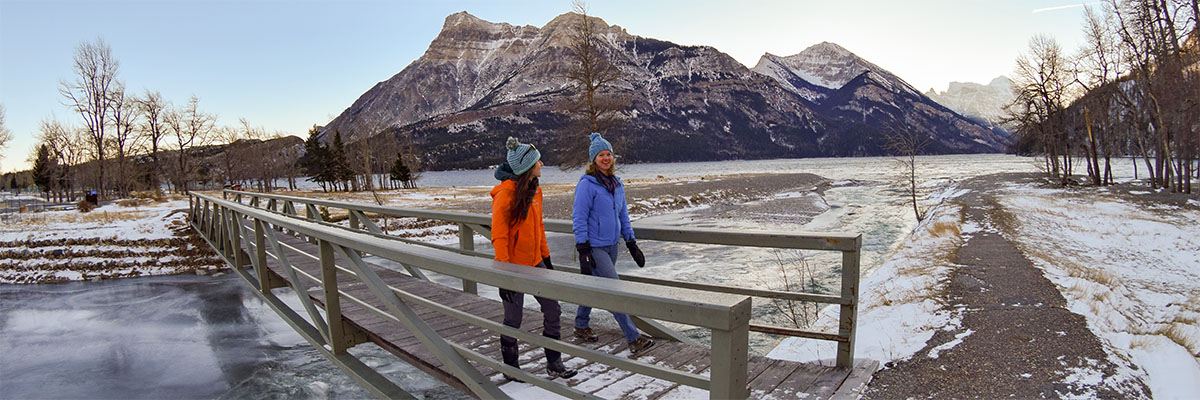
Activities by season
Waterton Lakes National Park
Waterton's character changes with the seasons. By understanding these seasonal cycles, you can plan your trip to best suit your interests.
July and August are the most popular times to visit the park and there is potential for high levels of visitation during these months. Parks Canada encourages visitors to plan ahead.
The quieter fall, winter and spring seasons offer unique natural charms with fewer crowds. In fact, these shoulder seasons can be a perfect chance to unwind in a mountain setting. In winter, check road and avalanche reports and gas up.
Prepare yourself by finding out what the park offers at the time of year in which you intend to travel.
Spring

The best time to see wildflowers in Waterton Lakes National Park is when they paint the prairie in spring. Step out of your car from any roadside pullout and within a short wander you can easily count 20 or 30 different types of flowers - including Waterton’s signature beargrass. Spring is a time when newborn wildlife and migratory birds arrive, and receding snow opens opportunities for outdoor recreation. Snow melt and and spring rain make it a good time to visit the thundering Cameron Falls.
10 spring experiences in Waterton Lakes National ParkSummer

The most popular time to visit Waterton Lakes National Park is July and August. The weather is generally warmer, dryer and more dependable, and summertime offers the widest range of recreational activities, events and programs. These two months account for over half of Waterton's annual visitors.
10 summer experiences in Waterton Lakes National ParkFall

Late summer and fall are particularly good wildlife viewing times, especially for black bear, elk and deer. The grasslands of the lower mountainsides provide important food for wildlife, as well as open views which make them more visible. Ungulates such as deer, elk and bighorn sheep mate in the fall, so they are looking their best. The most spectacular birding time is in late fall when large numbers of waterfowl migrate through the park. During the fall, Waterton’s larch and aspen groves turn brilliant shades of yellow and gold. Hikers are rewarded with quiet trails and sublime subalpine scenery.
10 fall experiences in Waterton Lakes National ParkWinter

Winter offers a new perspective on the park. It is a time of quiet retreat. Skiers and snowshoers can explore Waterton’s trails, and wildlife can be easier to spot against the snowy backdrop. Facilities and businesses are limited and include some accommodation and restaurants. Be prepared for conditions ranging from warm and windy to extreme cold and deep snow.
10 winter experiences in Waterton Lakes National Park- Date modified :